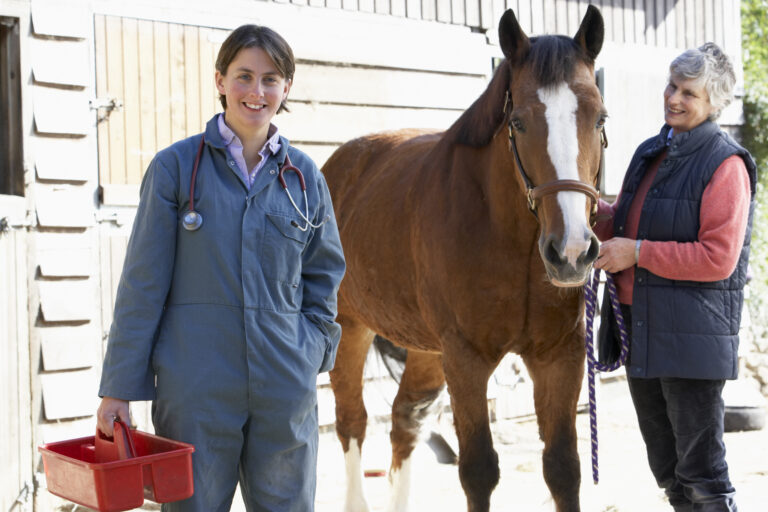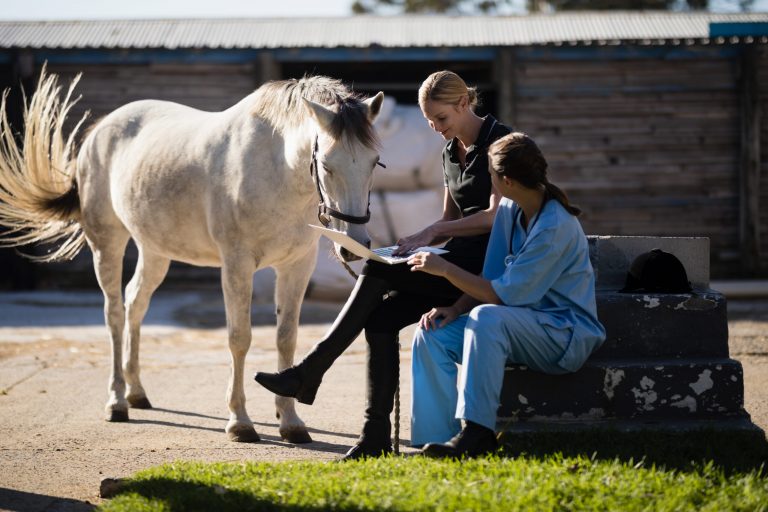
Vitamin D deficiency is common in humans. It is increasingly linked to the pathogenesis of a multitude of diseases, including obesity and metabolic syndrome. The biology of vitamin D in horses is poorly described. The relative contribution of the diet and skin synthesis to circulating concentrations is unclear. Associations with endocrine disease have not been explored. The aim of this cross-sectional cohort study was to determine the relationship between management, season and endocrine disease and vitamin D status in horses.
Researchers measured the plasma concentrations of 25-hydroxyvitamin D2 (25(OH)D2) and D3 (25(OH)D3) by liquid chromatography-tandem mass spectrometry in 34 healthy, unsupplemented grazing ponies and 22 stabled Thoroughbreds receiving supplementary vitamin D3 in feed. A nested group of 18 grazing ponies were sampled on long and short days (>12 and <12h of light/day) to determine the effect of sunlight exposure. Additionally, the researchers assessed the relationships between age, sex, adiposity, serum insulin, adrenocorticotropic hormone and vitamin D status in a mixed group of 107 horses using a linear regression model.
All animals had measurable level of 25(OH)D2 (median 10.7 nmol/L). However, 25(OH)D3 was only present in Thoroughbreds receiving D3 supplementation. Thoroughbreds had lower concentrations of 25(OH)D2 than ponies (7.4 nmol/L versus 12.6 nmol/L p<0.01). Grazing ponies had significantly higher concentrations of 25(OH)D2 on long days compared to short days (14.4 nmol/L versus 8.7 nmol/L p<0.01), while 25(OH)D3 was undetectable. Measures of increased adiposity, but not basal insulin, were associated with higher 25(OH)D2concentrations, conversely to humans. Increasing ACTH was associated with lower 25(OH)D2 (p<0.01).
Bottom Line: In horses, 25(OH)D2 is the predominant vitamin D metabolite. There is an apparent lack of endogenous vitamin D3 production. The relationship between vitamin D and endocrine disorders in horses does not reflect that of other species.








